Women With Metal
By Kirsty Davies-Chinnock



By Kirsty Davies-Chinnock


The 2024 Women with Metal Conference featured some fantastic speakers who all delivered on my vision of giving each attendee Confidence, Knowledge, and Connections. With interactive engaged questions we were able to produce several articles following on from the conference and are delighted to bring these all together for you in an E-Book.
As we look ahead to the 2025 conference on the 8th October 2025 we are once again planning a day chock full of information by keynote speakers and panel discussions. Topics will include personal and professional development as well as industry specific developments and we are excited to bring this year’s conference to life.
JOIN ME AS WE FABRICATE THE FUTURE TOGETHER.

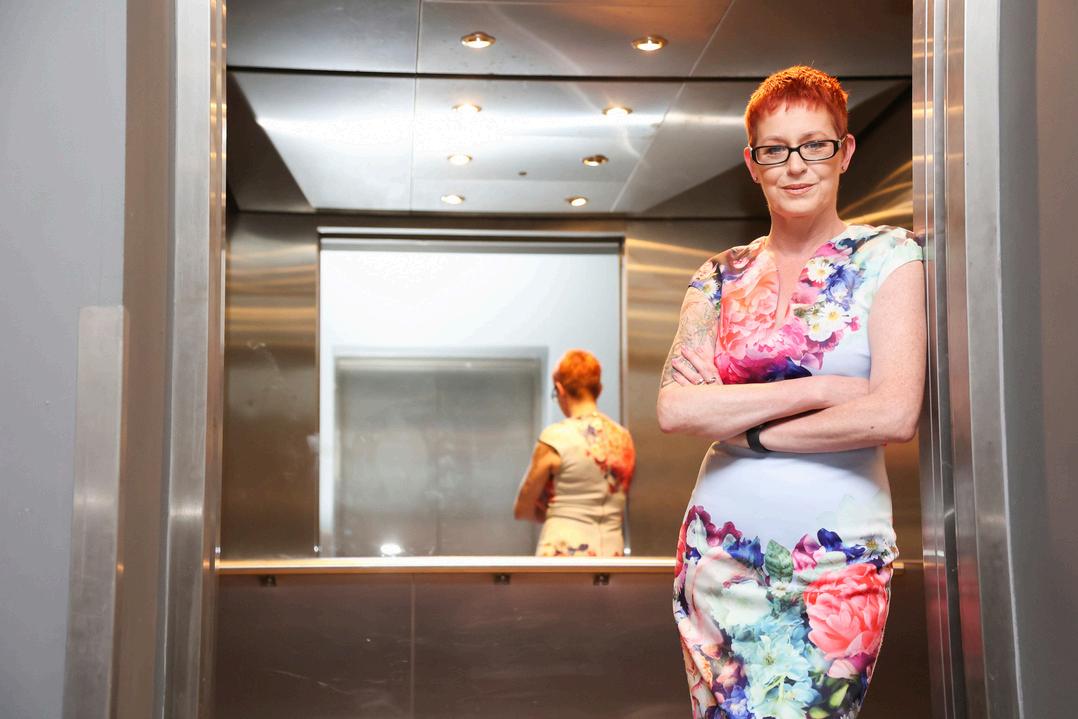
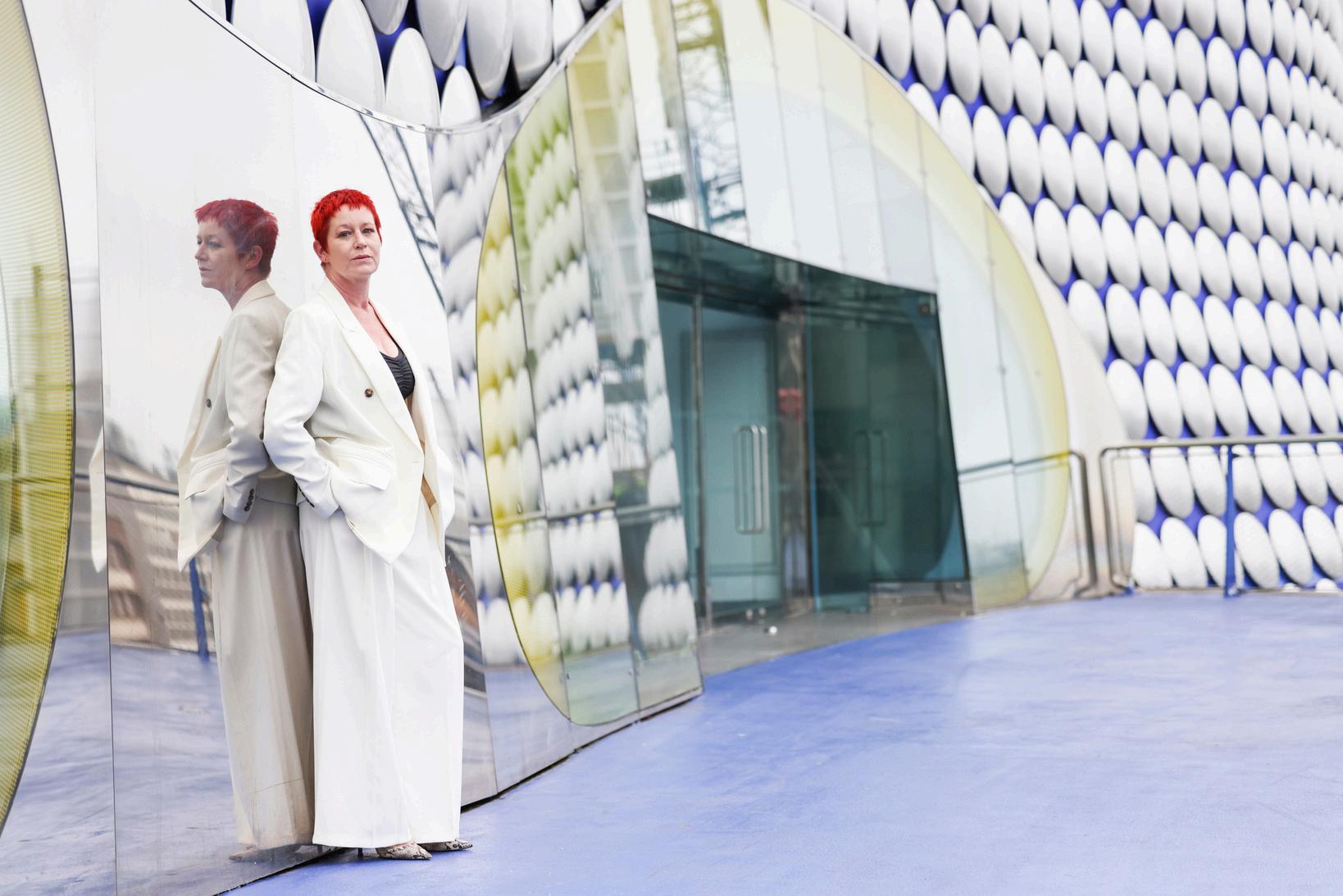

At the Women With Metal conference, Jeremy Stockdale asked attendees a simple but profound question: “How many years until we achieve gender equity?” The open-text poll invited a wide range of responses, offering a candid snapshot of opinions on the pace of progress toward workplace and societal equity The results were as diverse as they were thought-provoking, revealing both optimism and skepticism about the future.
The 65 responses to the poll reflected a mix of hopeful predictions and sobering realities:
Some participants expressed optimism, estimating 10–30 years until equity is achieved
Others held a more cautious view, projecting 50–100 years or even 200 years for true gender parity Several respondents highlighted critical nuances, stating that the timeline “depends on the country” or suggesting that it might not happen “in our lifetime ”
These varied timelines underscore how perceptions of gender equity are influenced by individual experiences, cultural contexts, and industry-specific challenges.

Key Themes Emerging
Many respondents suggested timelines under 30 years, reflecting hope fueled by growing awareness, legal reforms, and societal pressure to address inequities However, the stark contrast of responses projecting centuries or beyond reveals deep-seated frustrations with the pace of change
Comments such as “depends on the country” highlight the disparity in gender equity progress globally. While some nations and industries have made strides, others remain entrenched in traditional structures that slow advancement
Key Themes Emerging
The mention of timelines spanning decades suggests that many see equity as a multi-generational effort
The idea that equity may be achievable for future generations but not the current one reflects resilience and a call to action.
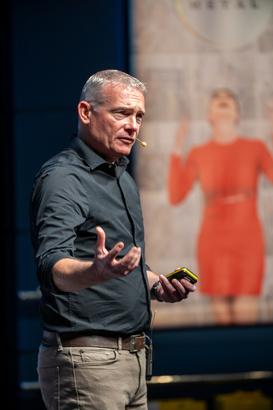
The World Economic Forum’s Global Gender Gap Report 2024 estimates it will take 134 years to close the global gender gap. Responses from the poll largely align with this projection, as many attendees foresee significant barriers to achieving parity in the manufacturing and engineering sectors:
Structural Challenges: Male-dominated leadership teams and ingrained biases remain pervasive.
Workplace Policies: Unequal pay, insufficient parental leave, and lack of flexible work arrangements disproportionately impact women.
Cultural Norms: Societal expectations around gender roles continue to shape career paths and opportunities for women
For Individuals:
Advocate for Change: Use your voice to challenge bias and advocate for equitable policies within your organization
Mentor the Next Generation: Support young women entering male-dominated industries to build confidence and skills
Conclusion
For Organizations:
Address Pay Gaps: Conduct regular audits to ensure fair compensation across roles and genders
Promote Inclusive Leadership: Invest in leadership development programs for women and underrepresented groups
Foster Male Allyship: Encourage male colleagues to actively support equity initiatives
For Industry:
Educate Early: Challenge gender stereotypes in schools and workplaces to create lasting cultural shifts.
Policy Reform: Advocate for government policies that support gender equity, such as paid parental leave and affordable childcare.
The Women With Metal poll provides a valuable lens through which to view the ongoing journey toward gender equity While opinions differ on how long this journey will take, one thing is clear: progress requires a collective effort.
By acknowledging the challenges, amplifying solutions, and maintaining a focus on equity, we can ensure that the next generation doesn’t have to face the same barriers

Whether it takes 10 years or 134 years, the steps we take today will shape the future.

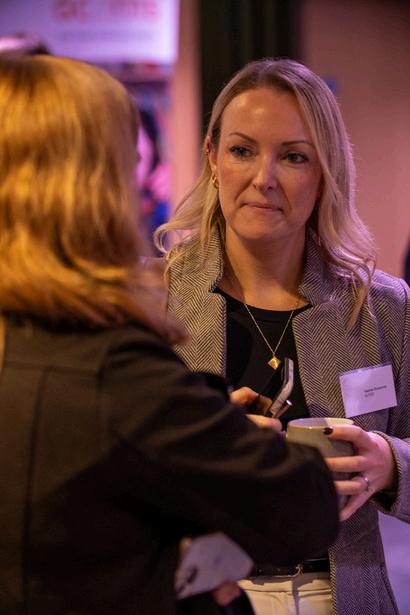
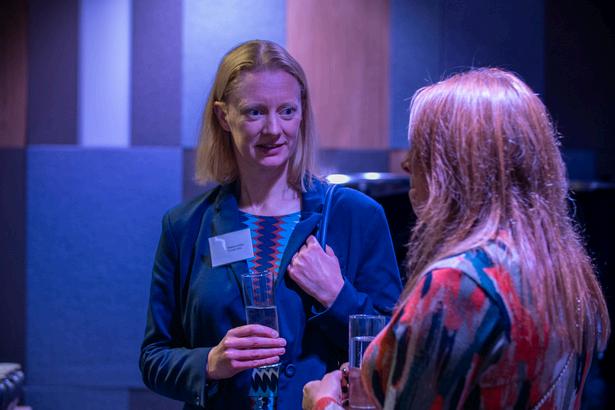
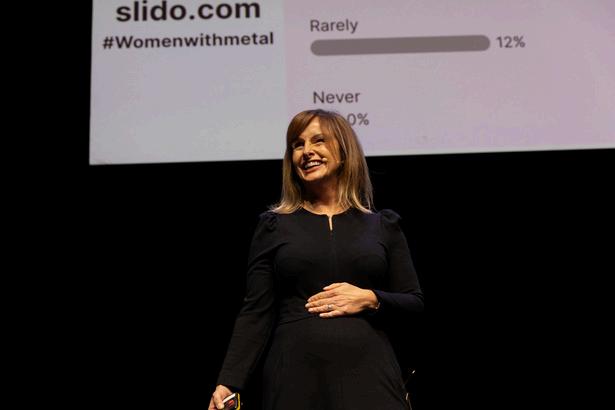
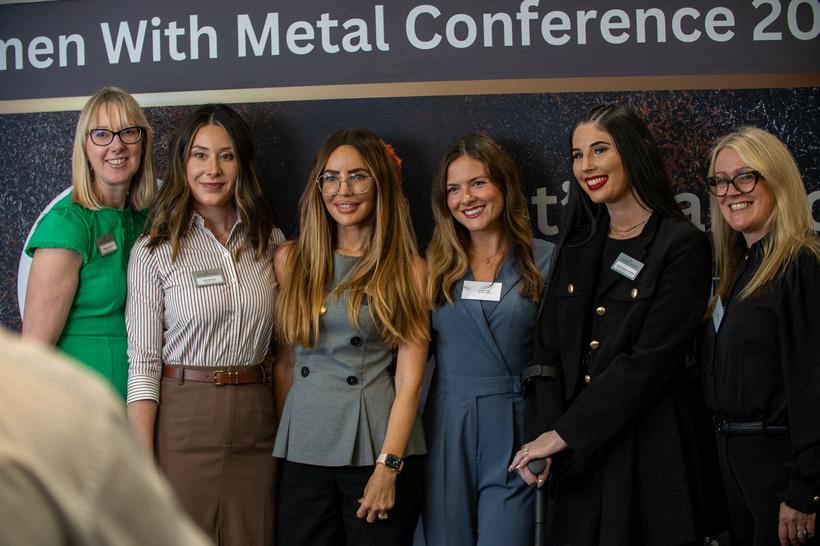


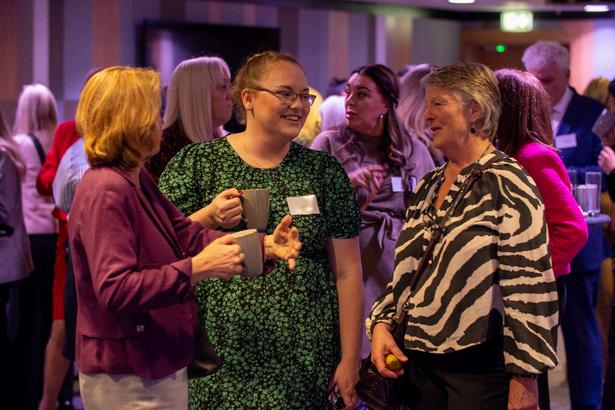

Despite years of progress, manufacturing and engineering remain challenging fields for women Poll responses at the Women With Metal conference revealed deep frustrations about systemic issues, from the gender pay gap to insufficient workplace policies
Structural Barriers Women Face
One attendee pointed out, “Too often businesses say they are inclusive and diverse Then you dig deeper to discover they offer the bare legal minimum for maternity pay and paternity pay.” This highlights a common problem: performative inclusivity that fails to translate into meaningful change
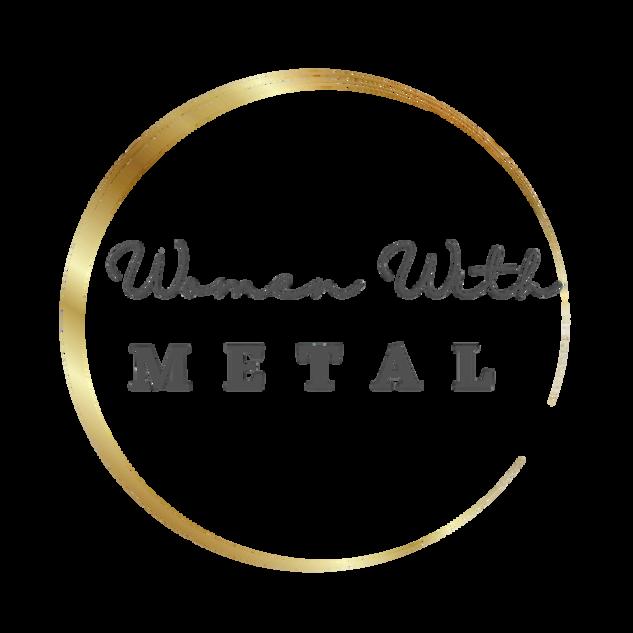




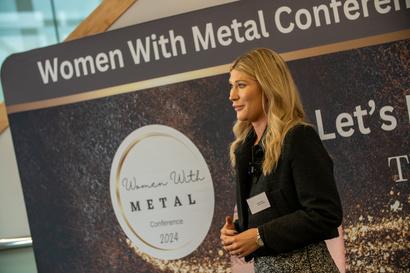
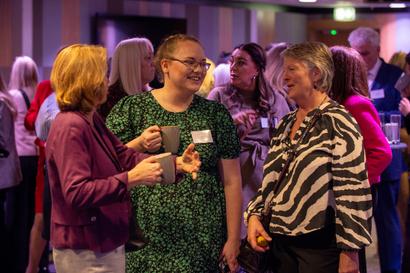
Others emphasized the impact of rigid workplace structures on women’s careers “They don’t offer flexible working, meaning women may have to leave or step down in their careers,” one participant noted. However, it’s important to recognize that flexibility in manufacturing doesn’t always mean remote work
Many companies are finding innovative ways to offer flexibility, such as shift swapping, job-sharing, and predictable scheduling, which can help balance work and home responsibilities without compromising operational needs.


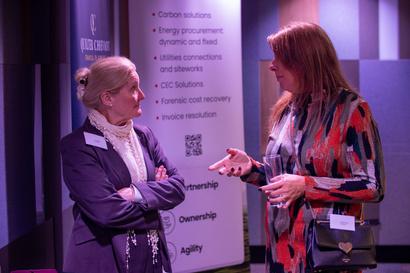
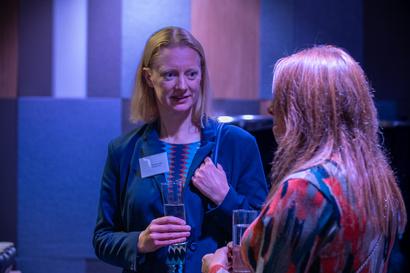
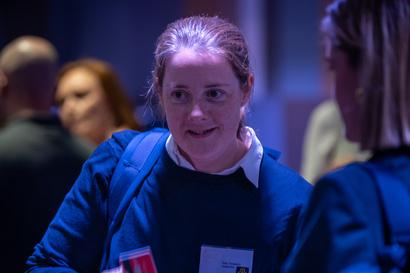
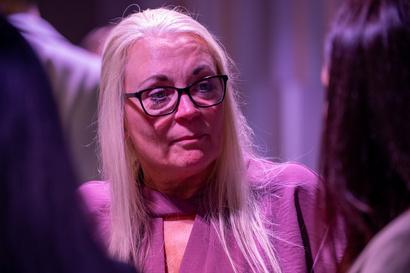
While challenges remain, some companies are setting a strong example with progressive policies Businesses that offer enhanced parental leave, mentorship programs, and clear pathways for career progression are proving that meaningful inclusivity is possible. Companies that prioritize equal pay audits, diverse hiring practices, and leadership development initiatives for women are leading the way in making manufacturing a more equitable industry
If you ' re passionate about supporting these changes, consider signing up for our newsletter to stay updated on industry developments and Women With Metal initiatives
The discussion also touched on the persistent wage disparity One attendee asked, “Is it not as simple as businesses that are run by boards that are majority middle-aged white men still choosing to pay women less than men?” While the causes of the gender pay gap are multifaceted, this comment underscores the need for greater diversity at the leadership level
Companies that have addressed this issue successfully often conduct regular pay audits and implement transparent salary structures to ensure fairness Women With Metal is committed to amplifying these success stories explore more on our homepage.

To address these challenges, organizations must:
Implement Family-Friendly Policies: Offer competitive parental leave and workplace flexibility beyond remote work, including shift adjustments and job-sharing options
Commit to Pay Equity: Conduct regular audits and take corrective action where disparities exist.
Diversify Leadership: Actively recruit and promote women into senior roles to challenge the status quo.
Real progress requires action at every level from government policies to boardroom decisions By addressing structural inequalities head-on and celebrating businesses that lead by example, the manufacturing sector can create a more inclusive and equitable future
Interested in taking action? Join the conversation and connect with us via our Contact Us page, or secure your spot at the next Women With Metal conference
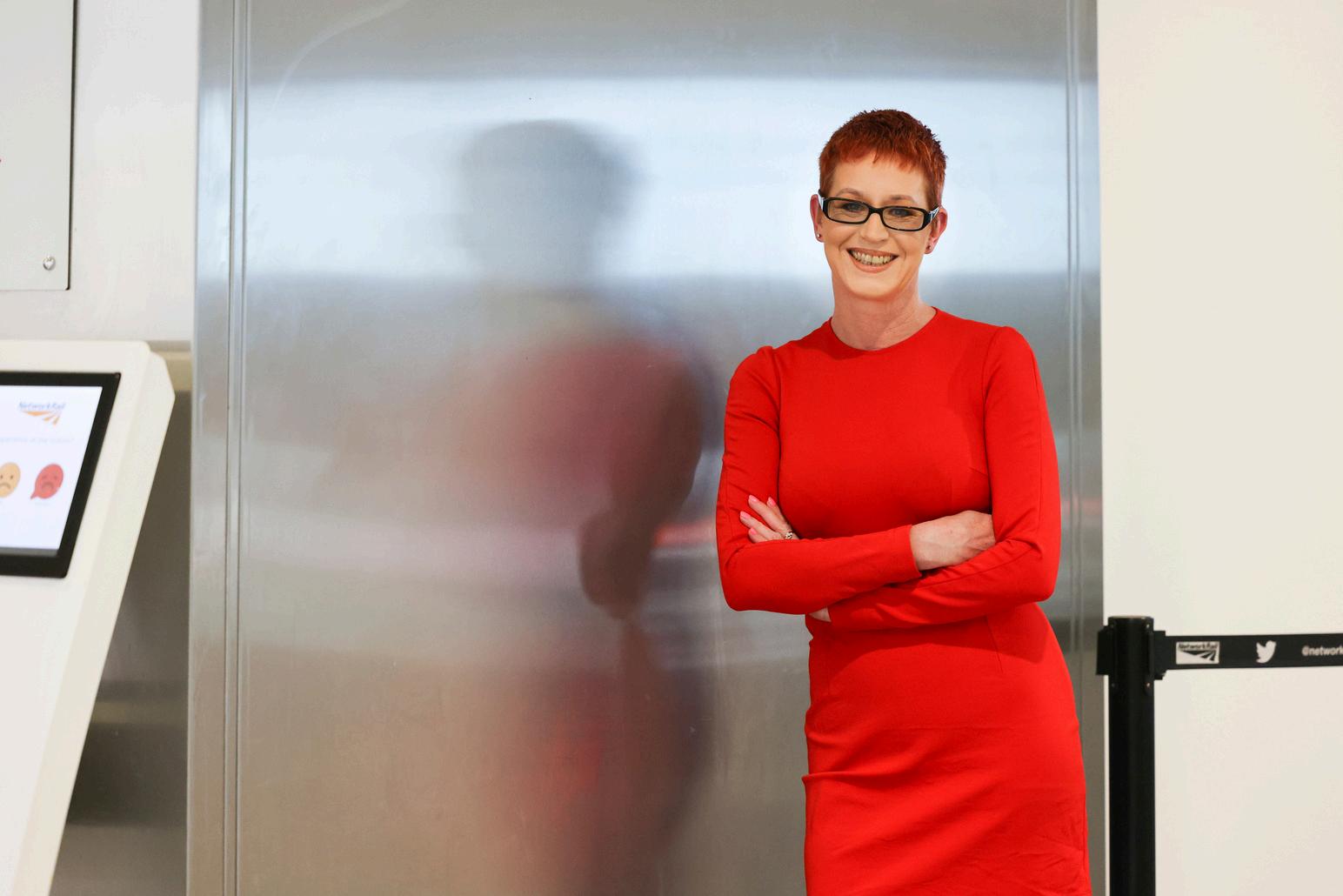

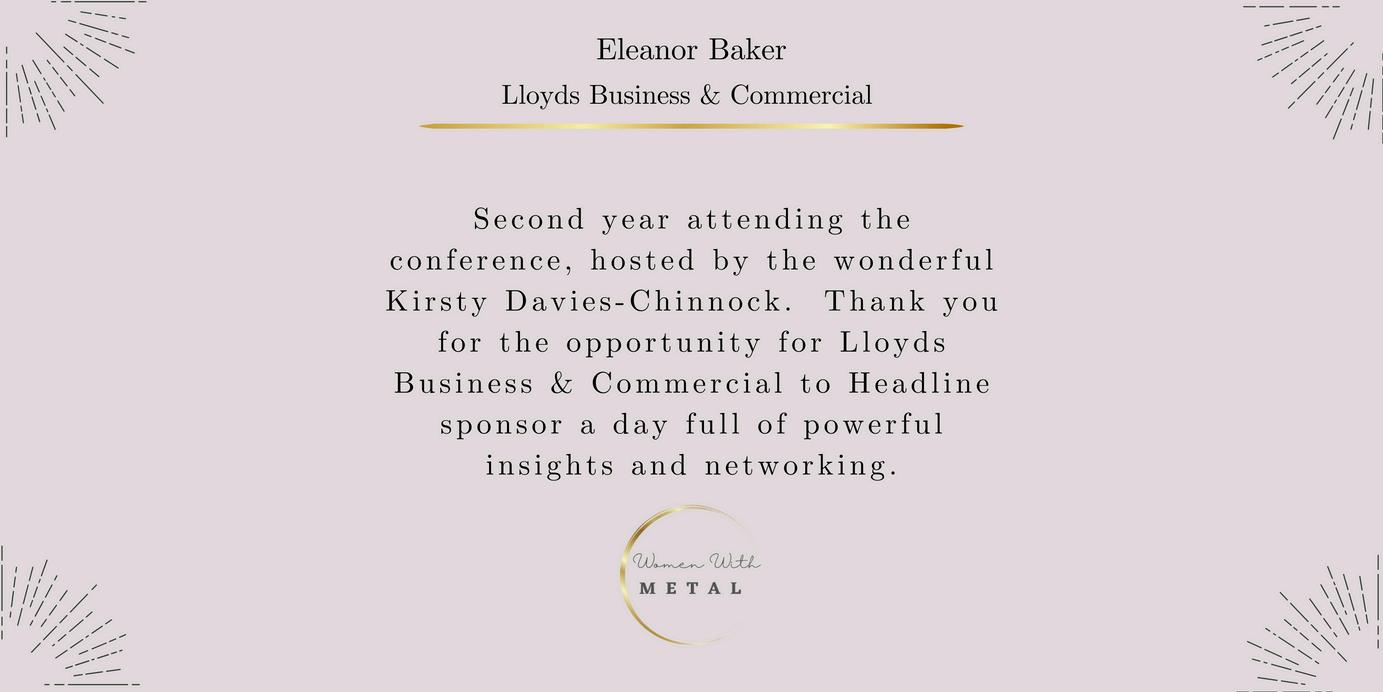


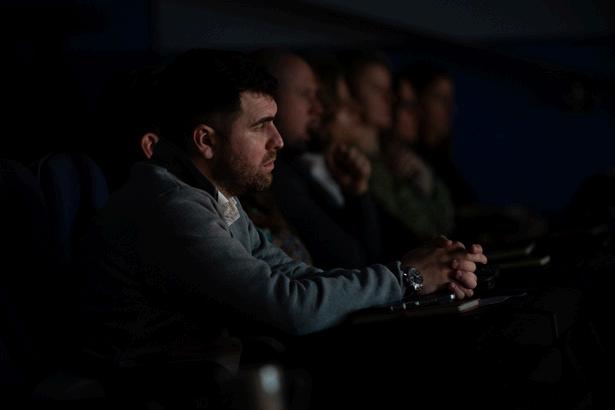

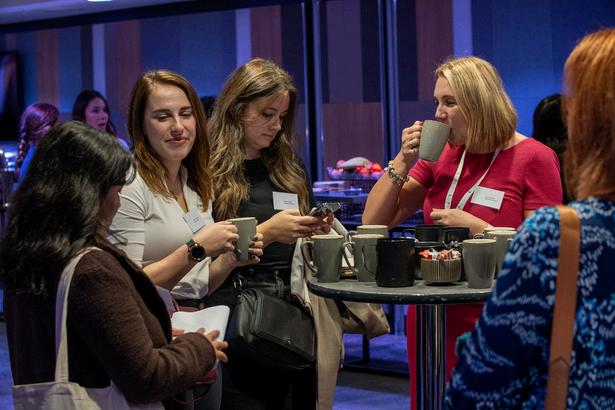

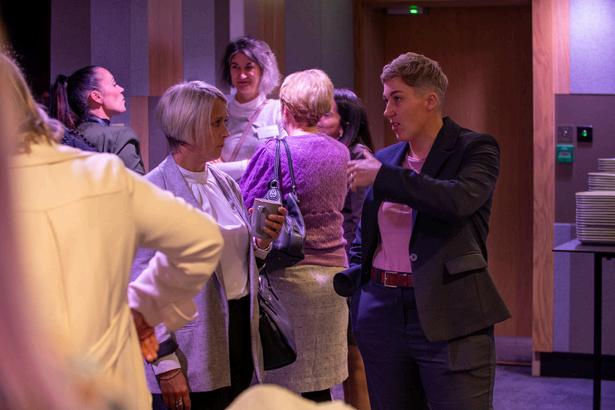

Throughout the year, the pressures of work and life often collide, making it difficult for professionals in demanding industries to truly “switch off ” During the Women With Metal conference, Nicky Lowe’s powerful presentation on burnout highlighted just how challenging it can be to balance high-performance careers with personal wellbeing. This struggle intensifies at key moments whether it's meeting critical deadlines, managing personal commitments, or navigating periods of high demand leaving many feeling overwhelmed Recognising the signs of burnout and taking proactive steps to prevent it is essential for long-term success and well-being.
These numbers highlight just how difficult it is to fully step away from professional responsibilities no participants reported they could completely switch off This struggle extends beyond any single season, surfacing at various highpressure moments throughout the year Whether it’s closing major projects, meeting demanding targets, or juggling personal and professional commitments, the ability to truly disconnect remains a challenge
Several factors amplify stress throughout the year, especially during busy or transitional periods: High Expectations: The pressure to excel in work, home life, and social commitments can create an overwhelming mental load.
Work Deadlines: The push to meet targets, finalize projects, and prepare for the future often leaves little time for rest.


Social & Family Commitments: From networking events to personal obligations, these responsibilities can quickly become another source of stress.
Financial Pressures: Budgeting for major life events, celebrations, or personal goals can add to an already full plate.
Industry Culture: In manufacturing and engineering like many demanding fields there’s often an unspoken expectation to remain " on " even during downtime.
The constant juggling act takes a toll on both mental and physical health. Persistent stress can lead to burnout, poor sleep, weakened immunity, and reduced overall well-being Ironically, trying to “do it all” often results in decreased productivity, lower creativity, and less enjoyment of the moments that matter.
No matter your role or industry, proactive steps can help reduce stress and improve wellbeing throughout the year:
For Individuals:
Set Boundaries: Define clear work hours and resist the urge to check emails outside those times.
Plan Ahead: Break large tasks into manageable steps to avoid last-minute panic.
Prioritize Self-Care: Exercise, eat well, and get enough rest to maintain resilience
Schedule Downtime: Make time for hobbies, relaxation, and quality moments with loved ones

Set Boundaries: Define clear work hours and resist the urge to check emails outside those times.
Plan Ahead: Break large tasks into manageable steps to avoid lastminute panic
Prioritize Self-Care: Exercise, eat well, and get enough rest to maintain resilience
Schedule Downtime: Make time for hobbies, relaxation, and quality moments with loved ones.
A Reminder to Recharge
Encourage Time Off: Support employees in taking breaks without guilt or pressure
Model Work-Life Balance: Leaders should demonstrate healthy habits by unplugging outside work hours
Provide Support: Offer access to stress management resources or well-being initiatives
Be Flexible: Allow employees to adjust their schedules when needed to accommodate personal commitments.
At the Women With Metal conference, Nicky Lowe’s keynote on burnout resonated deeply. As Kirsty Davies-Chinnock said to Nicky at the end of her speech, “I’m in this presentation, and I don’t like it ” It was a powerful moment of recognition burnout can happen to anyone, and at some point, everyone needs to step back and recharge.
So be like Kirsty. Take time to rest. If you need her, you’ll find her on the sofa in her PJs, surrounded by snoring Labradors

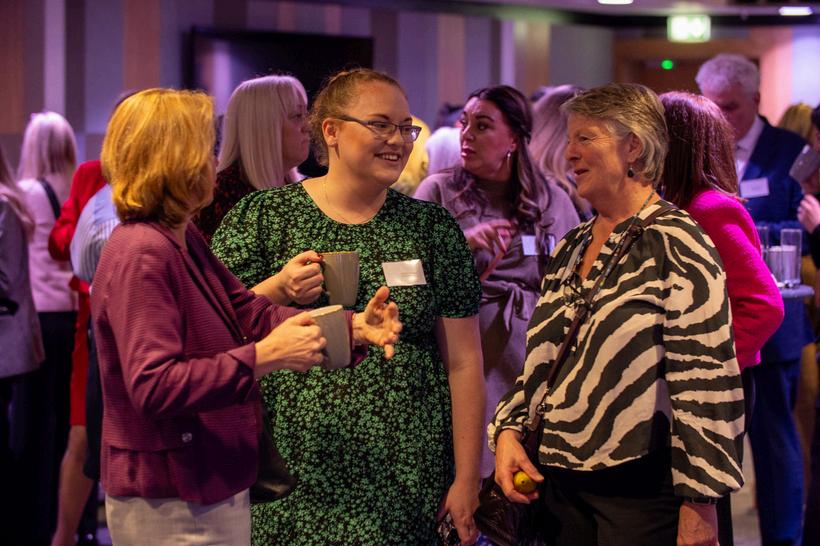



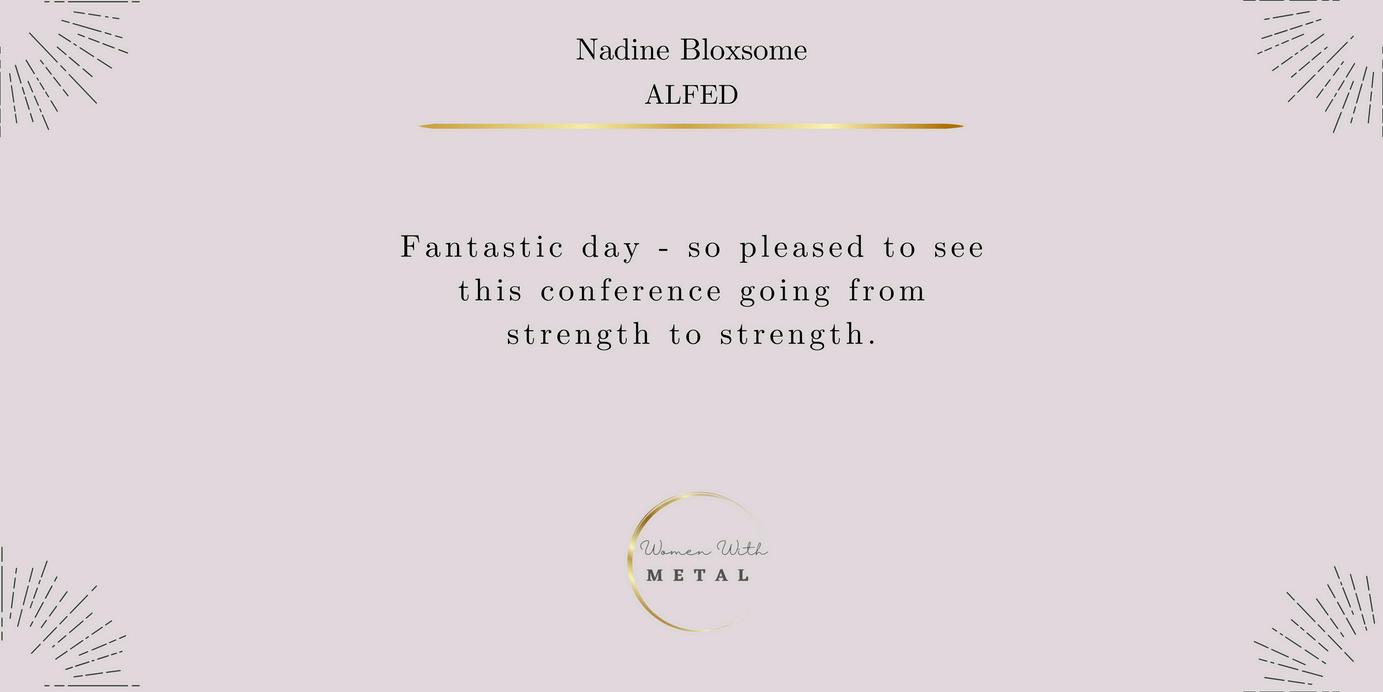

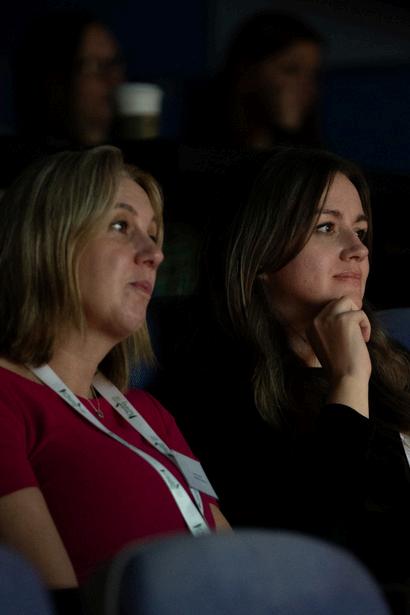


FOUR
The Women With Metal conference saw Jeremy Stockdale shine a light on an oftenoverlooked aspect of workplace inclusivity: the power of language. In one of the open-text polls, attendees highlighted the importance of tailoring candidate attraction strategies to appeal to women, particularly in male-dominated sectors like manufacturing and engineering
Inclusive language in recruitment is not just about being politically correct; it’s about opening doors. Attendees noted that subtle changes in tone and word choice can make job descriptions feel more welcoming to underrepresented groups For example, overly aggressive language like "rockstar" or "dominate" may inadvertently discourage female applicants
One participant observed, “I do find it encouraging that people are asking what language they need to use in their candidate attraction to attract women.” This shift in awareness is a promising step, but it’s clear more needs to be done

Use Neutral Language: Avoid gendered terms and focus on skills, responsibilities, and opportunities
Emphasize Flexibility: Explicitly mention flexible working options and parental leave policies to attract a broader pool of talent
Highlight Values: Showcase your company’s commitment to diversity, equity, and inclusion
Changing recruitment language is just the beginning It’s part of a broader cultural shift needed to normalize women’s participation and leadership in engineering and manufacturing. The conference’s discussions emphasized that inclusive language must go hand in hand with actionable policies, such as offering competitive maternity and paternity leave, equal pay, and mentorship opportunities.
As organizations rethink their recruitment strategies, focusing on inclusive language can be a game-changer. However, it’s vital to ensure that these efforts are supported by genuine, structural changes to workplace culture
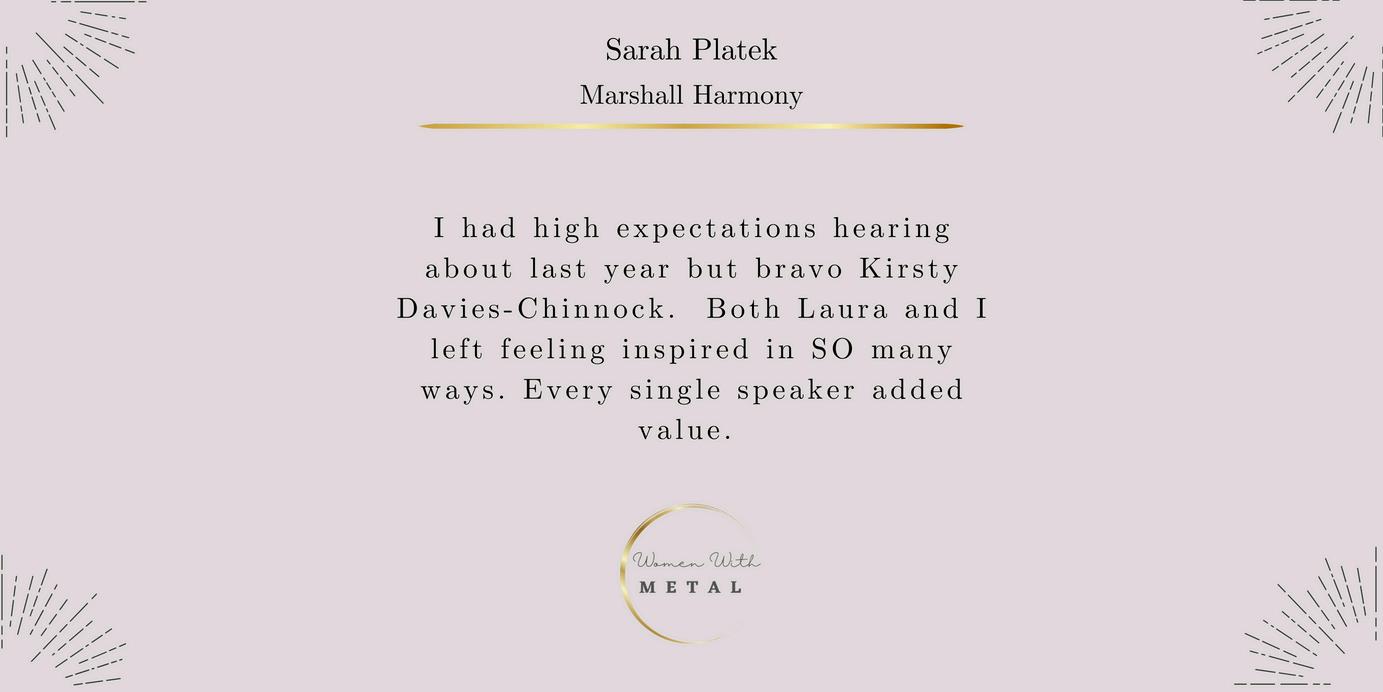
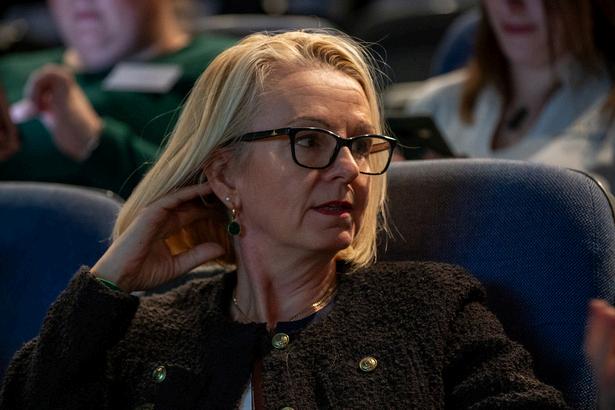
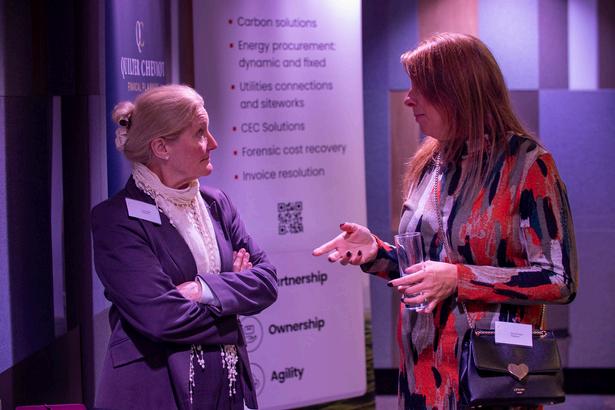

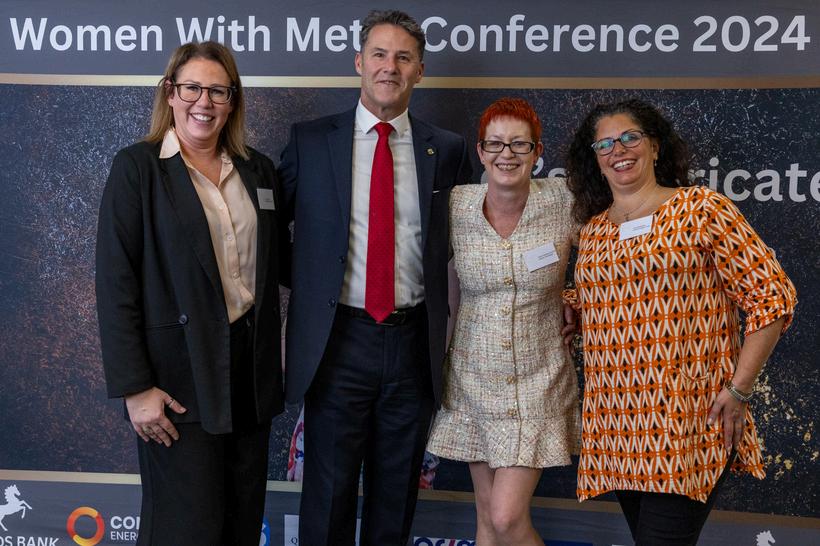




In the metals and associated manufacturing sectors, selling isn’t just the job of sales teams During Gemma Crampton’s presentation at the Women With Metal Conference, a poll asked attendees, “What percentage of your working day do you think you spend on non-sales selling?” The results revealed that a significant portion of time is spent persuading, influencing, and negotiating activities that don’t formally fall under the “sales” umbrella but are critical to success in these industries.
The poll responses were distributed as follows:
20% of the day: 21%
30% of the day: 18%
40% of the day: 62%
The majority 62% believe they spend nearly half their day engaging in non-sales selling, with almost no participants identifying it as a minor part of their workload.
Non-sales selling refers to the activities where professionals persuade others, build consensus, or advocate for an idea. In manufacturing and engineering, this can include:
Convincing stakeholders to invest in new machinery or processes
Negotiating timelines or budgets with clients or suppliers
Influencing team members to adopt new safety protocols or technologies.


Convincing purchasing departments to stock new products or alloys.
One attendee commented during the broader conference discussions, “Manufacturing requires constant negotiation - not just in contracts, but in ideas and everyday interactions”.
Why is It So Prevalent?
Collaborative Environments:
Manufacturing is inherently team-oriented, requiring ongoing discussions and compromises across departments to ensure smooth operations. From warehousing to logistics, administration to quality, as well as external processes such as laser cutting, polishing or bending, it’s a juggling act to ensure everything lines up to meet the customer’s requirements.
Complex Decision-Making: Engineering projects often involve multiple stakeholders with competing priorities, making persuasion a core skill for resolving conflicts and driving progress. Client-Centric Workflows:
Many professionals must manage client relationships, even if they are not officially part of the sales team This involves ongoing communication and adjustments to meet client expectations.


While these activities are critical, they come with challenges:
Time Drain: Spending up to 40% of a workday on non-core activities leaves less time for primary responsibilities, potentially impacting productivity
Emotional Toll: The need to consistently advocate and influence can lead to frustration or burnout, especially if decisions are frequently delayed or resisted Skill Gaps: Many professionals in manufacturing and engineering roles receive limited formal training in communication and negotiation, making these tasks more daunting
Hone Persuasion Skills: Invest in training on negotiation and communication to feel more confident and effective Ask for feedback from your colleagues and team and revisit this on a regular basis
Set Boundaries: Be mindful of how much time you dedicate to non-core tasks, and prioritize where possible.
Document Wins: Track successful negotiations or influence efforts to demonstrate the value of these skills during performance reviews
Provide Training: Offer workshops on negotiation, emotional intelligence, and stakeholder management
Allocate Resources: Recognize the time and effort spent on non-sales selling by including it in workload planning.
Foster a Collaborative Culture: Encourage cross-functional understanding to reduce friction and make influence efforts more efficient Turning Non-Sales Selling into a Strength
The poll’s findings highlight that non-sales selling is not just an incidental part of the job it’s a vital, yet often unacknowledged, aspect of working in manufacturing and engineering Recognizing and valuing these efforts can lead to better employee satisfaction, stronger collaboration, and more efficient decision-making
The Women With Metal conference once again shed light on the hidden dynamics of the workplace Understanding the prevalence of non-sales selling allows both employees and employers to better navigate this critical aspect of modern manufacturing roles. By equipping professionals with the tools to excel in these activities, the industry can unlock greater innovation and productivity.

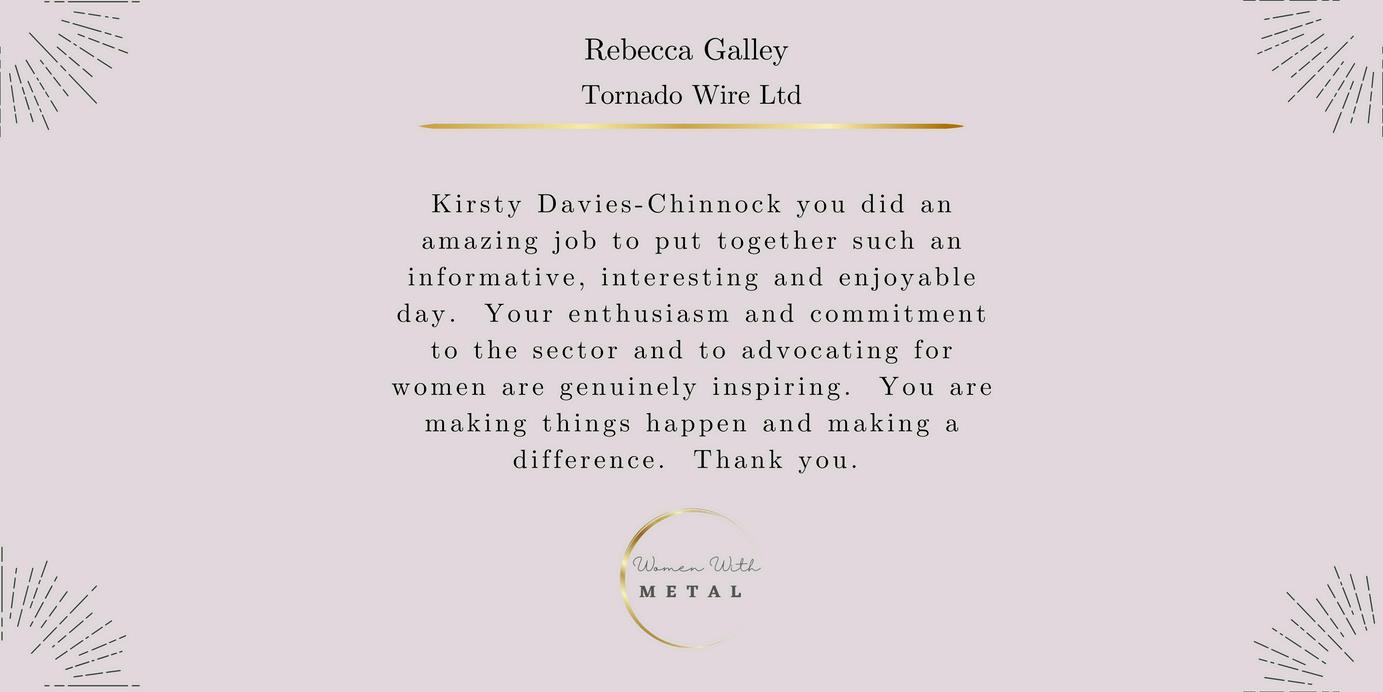





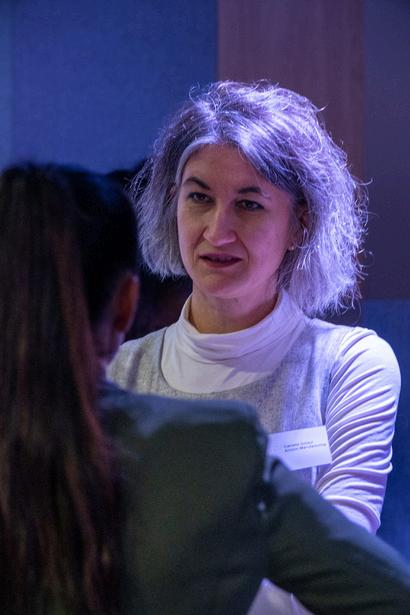


CHAPTER SIX
Insights from the Women With Metal Conference
Networking is an art, a skill that, when mastered, can open doors to countless opportunities At the 2024 Women with Metal Conference, we had the privilege of learning from Denise Morris, the CEO and Founder of TAG Network Midlands and the Women in Leadership Network Her presentation, "Building Connections Confidently: Mastering Networking for Professional Success," offered invaluable insights into the world of networking.
In the metals and associated manufacturing sectors, selling isn’t just the job of sales teams During Gemma Crampton’s presentation at the Women With Metal Conference, a poll asked attendees, “What percentage of your working day do you think you spend on non-sales selling?” The results revealed that a significant portion of time is spent persuading, influencing, and negotiating activities that don’t formally fall under the “sales” umbrella but are critical to success in these industries.

Takeaways from the Presentation:
Set Clear Goals: Define your networking objectives and identify the specific outcomes you wish to achieve. This clarity will guide your interactions and help you measure success
Research Your Industry: Become a member of industry-related networking groups or associations This allows you to connect with like-minded individuals who share your interests and goals.
Prepare an Elevator Pitch: Craft a concise and compelling introduction that clearly communicates who you are and what you do This is your opportunity to make a memorable first impression
Be a Good Listener: Show genuine interest in others by asking meaningful questions. Building rapport demonstrates your commitment to forming lasting relationships.
Maintain Professionalism and Reliability: Your reputation is crucial in building trust and long-term relationships Always uphold professionalism in your interactions
Follow Up: After meeting new contacts, send a personalized message to maintain the connection. This simple gesture can make a significant difference.
Offer Help and Support: Look for ways to assist others without expecting immediate returns A mutually beneficial relationship is built on trust and reciprocity
Leverage Social Media: Utilize platforms like LinkedIn to expand your network, engage in industry-related discussions, and showcase your expertise.
Give Back to the Community: Sharing your knowledge and experiences not only enhances your credibility and visibility but also positions you as a person of influence
Denise's presentation was a reminder that networking is a skill that can be learned and refined. By implementing these strategies, we can all become more effective networkers, opening doors to new opportunities and building connections that last a lifetime
As we continue to grow and connect within the Women with Metal community, let's take these insights to heart and strive to build connections confidently.

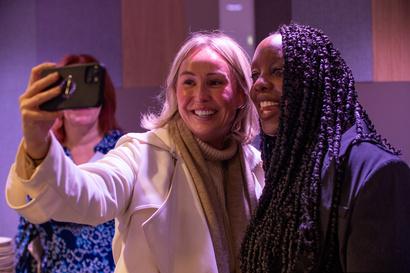
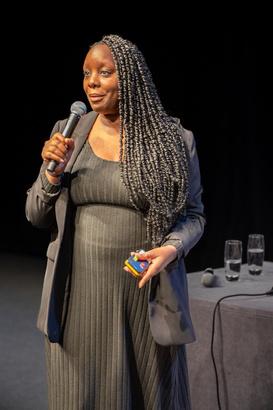
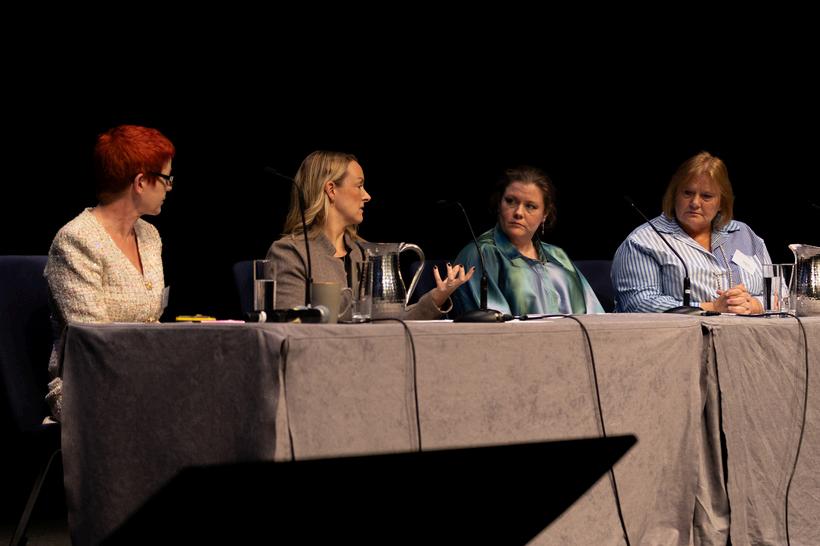
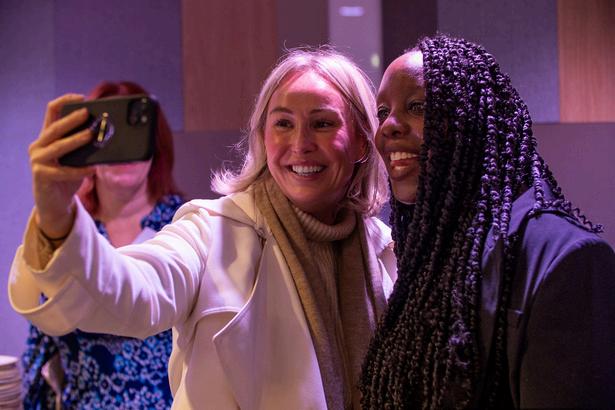



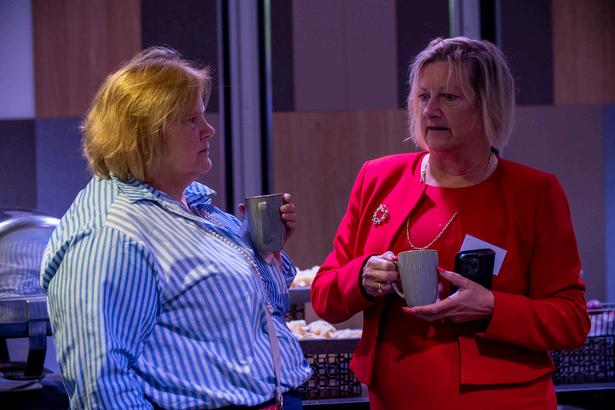

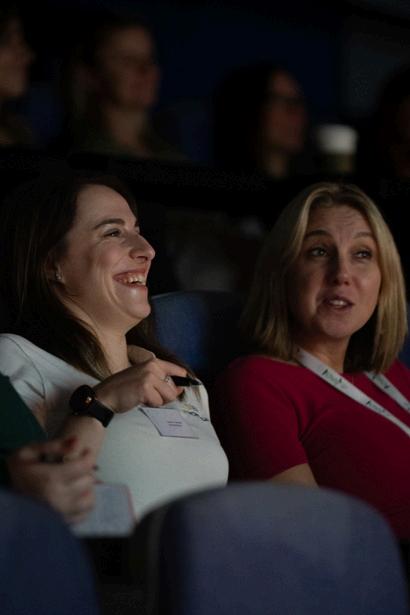
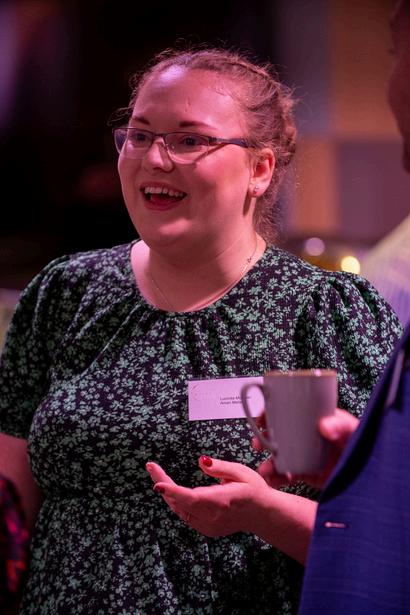
CHAPTER SEVEN
Insights from Steph Snade at the 2024 Women with Metal Conference
The 2024 Women with Metal Conference, held at the ICC Birmingham, was a resounding success, bringing together industry leaders, innovators, and professionals dedicated to advancing the role of women in the metal sector Among the standout presentations was the insightful session by Steph Snade, a renowned expert in leadership and emotional intelligence.
Steph's presentation, titled "Unleashing the Power of Emotional Intelligence," captivated the audience with its compelling insights into the critical role of effective communication and emotional intelligence (EI) in today's workplace. Her session underscored the profound impact that emotional intelligence can have on team productivity, employee retention, and overall workplace success.


Steph began by highlighting the undeniable importance of effective communication in the workplace. She shared that 72% of business leaders believe that effective communication has significantly increased their team's productivity Well-connected teams can boost productivity by 20-25%, outperforming their competitors by 3.5 times These statistics underscore the necessity of fostering open communication channels within organizations.
The Role of Emotional Intelligence
Emotional intelligence emerged as a central theme in Steph's presentation. She explained that teams with high emotional intelligence experience 50% fewer communication breakdowns. Employees with emotionally intelligent managers are four times less likely to leave their jobs, and leaders with high emotional intelligence are four times more successful in resolving workplace conflicts.
Steph emphasized the four key components of emotional intelligence: self-awareness, self-regulation, empathy, and relationship management These elements enable individuals to understand their emotions, control emotional reactions, recognize others' emotions, and build strong relationships.
CHAPTER SEVEN
Different Communication Styles
A fascinating aspect of Steph's talk was her exploration of different communication styles. She described how understanding these styles big picture, detailed, emotional, logical, expressive, and reserved can enhance interpersonal interactions By flexing communication styles, individuals can connect more effectively with diverse teams
Steph concluded her presentation with practical tips for leveraging emotional intelligence in communication. These included practicing self-awareness, listening actively, showing empathy, adapting messages, and asking for feedback. Her insights resonated with attendees, offering actionable strategies for enhancing communication within their organizations
Steph Snade's presentation not only provided valuable insights but also inspired attendees to explore the power of emotional intelligence in their professional lives For those seeking to learn more, Steph invited participants to connect with her via email at steph@stephsnade.com.
The 2024 Women with Metal Conference was a testament to the growing influence of women in the metal sector, and Steph Snade's presentation was a highlight that left a lasting impact on all who attended.




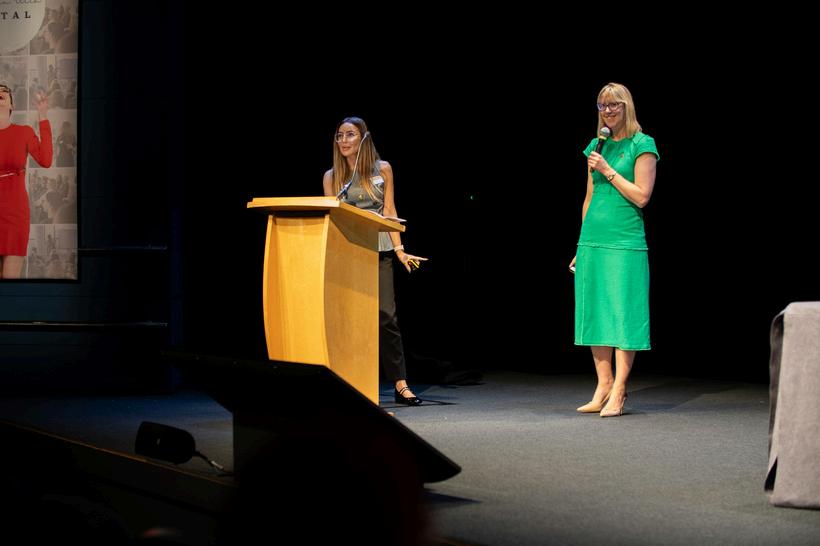
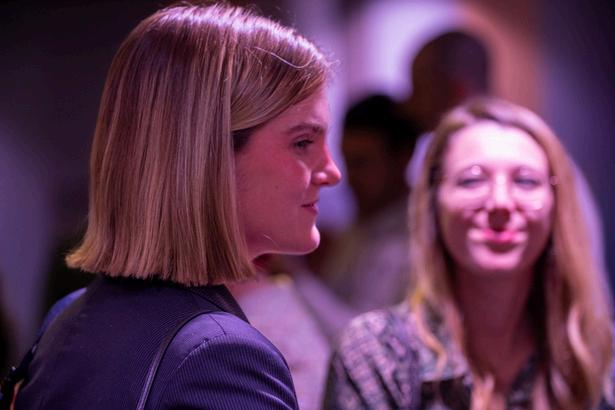

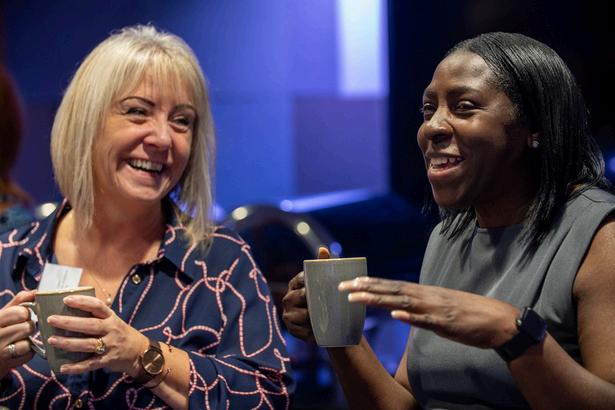

CHAPTER EIGHT
Insights from Quilter Cheviot at the 2024 Women with Metal Conference
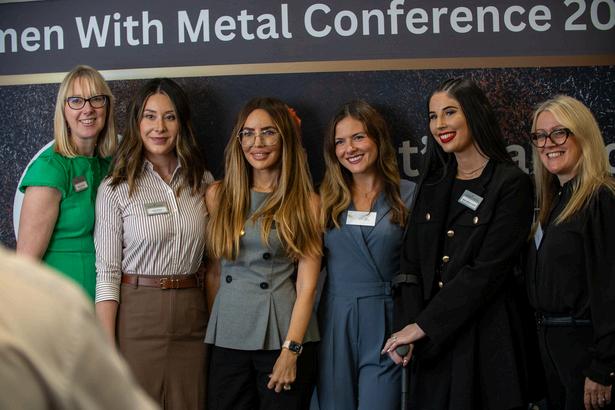
The 2024 Women with Metal Conference, held at the ICC Birmingham, was a gathering of forward-thinking leaders committed to empowering women in the metal sector. Among the enlightening sessions was the presentation by Victoria Jones and Rebecca Fellows from Quilter Cheviot, titled "Transforming Women's Financial Futures."
Victoria Jones, a Chartered Financial Planner, and Rebecca Fellows, an Investment Manager, delved into the evolving financial motivations of women. Their presentation highlighted the journey to financial freedom, emphasizing how women ' s core motivators for investing change with age From seeking work-life balance to ensuring financial security for their future and their children’s, the session underscored the diverse financial goals women pursue throughout their lives.
The presentation also addressed the unique gender hurdles women face, such as the motherhood, childcare, and menopause penalties These challenges often impact women ' s financial planning and investment behavior. The session emphasized the importance of values-based financial planning and behavioral economics in overcoming these hurdles

The Gender Pension Gap CHAPTER EIGHT
A critical issue discussed was the gender pension gap, with a striking 39% difference in projected median income between men and women in retirement. This gap underscores the urgent need for tailored financial strategies to secure women ' s financial futures.
Victoria and Rebecca shared insights into the benefits of starting early with investments, highlighting the power of compounding returns They also discussed the advantages of tax relief on pensions, illustrating how these financial tools can significantly enhance women ' s financial outcomes
The session explored common behavioral biases that can affect investment decisions, such as confirmation bias and overconfidence By understanding these biases, women can make more informed and strategic financial decisions.
Quilter Cheviot's presentation concluded with strategies to enhance investment propositions, including bespoke investment management and active tax management. The session encouraged attendees to consider ethical constraints and personal circumstances in their financial planning.


For those interested in furthering their financial knowledge, Victoria Jones and Rebecca Fellows welcomed attendees to connect with Quilter Cheviot for personalized investment and financial planning advice.
The 2024 Women with Metal Conference was a platform for empowering women in the metal sector, and the insights from Quilter Cheviot’s presentation provided valuable guidance for transforming women’s financial futures.
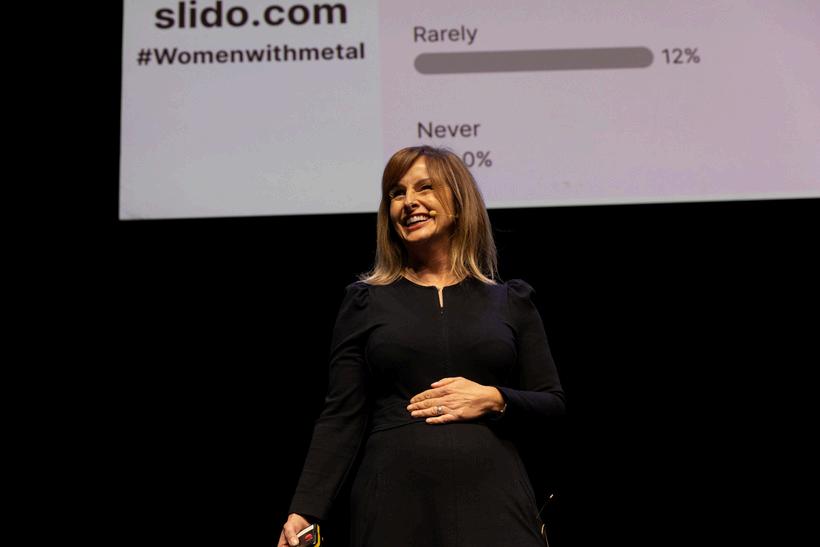


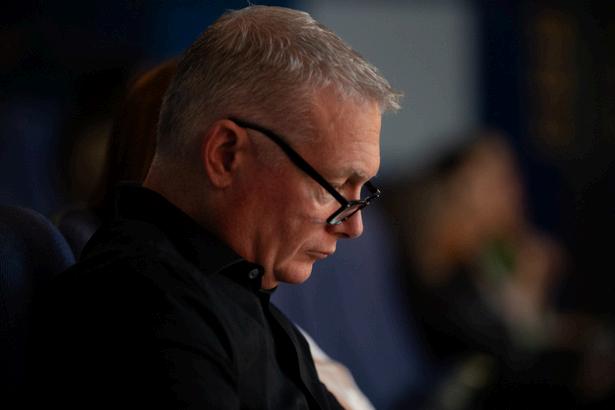
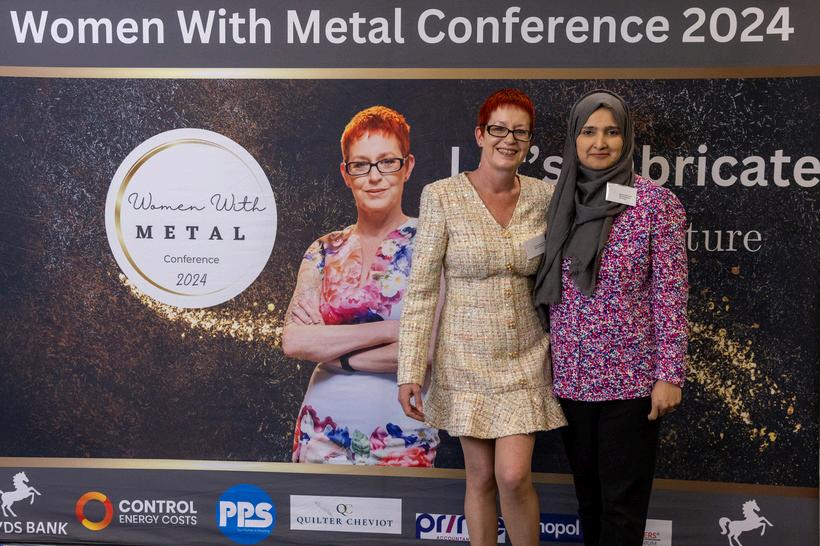


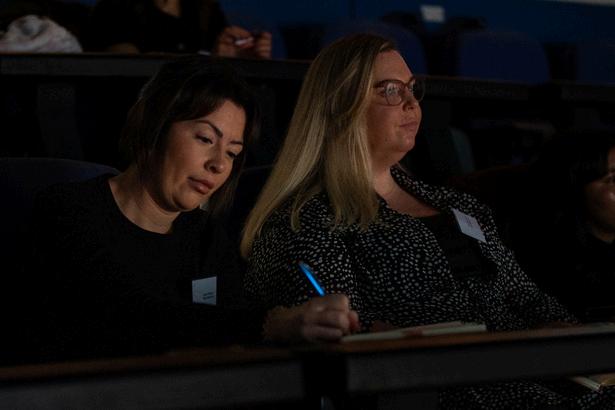

As I reflect on the Women with Metal 2024 Conference, I’m left with an overwhelming sense of pride, inspiration, and momentum What we created together at the ICC Birmingham wasn’t just a one-day event it was a powerful movement.
From the moment we opened the doors, the energy was electric Industry leaders, rising stars, and passionate professionals came together to challenge the status quo, celebrate achievements, and drive real change in the metals sector. We didn’t just talk about progress we defined it.
The speakers shared insights that resonated far beyond the conference walls, from the power of emotional intelligence in leadership to the importance of inclusivity in our industry The conversations in the breakout sessions, on the networking floor, and over countless cups of coffee were proof that collaboration is our greatest strength. But this isn’t where it ends
Women with Metal is more than a conference it’s a community. And communities thrive when people stay connected, keep the conversations going, and push each other to new heights So, I challenge you: take what you’ve learned, use your voice, and be the catalyst for change in your workplace, your network, and the wider industry
To everyone who attended, supported, and made this event possible thank you. Your passion fuels this movement, and I can’t wait to see what we achieve together in the years to come
Let’s keep breaking barriers, forging new paths, and proving once again that women belong in metal.
See you at Women with Metal 2025
